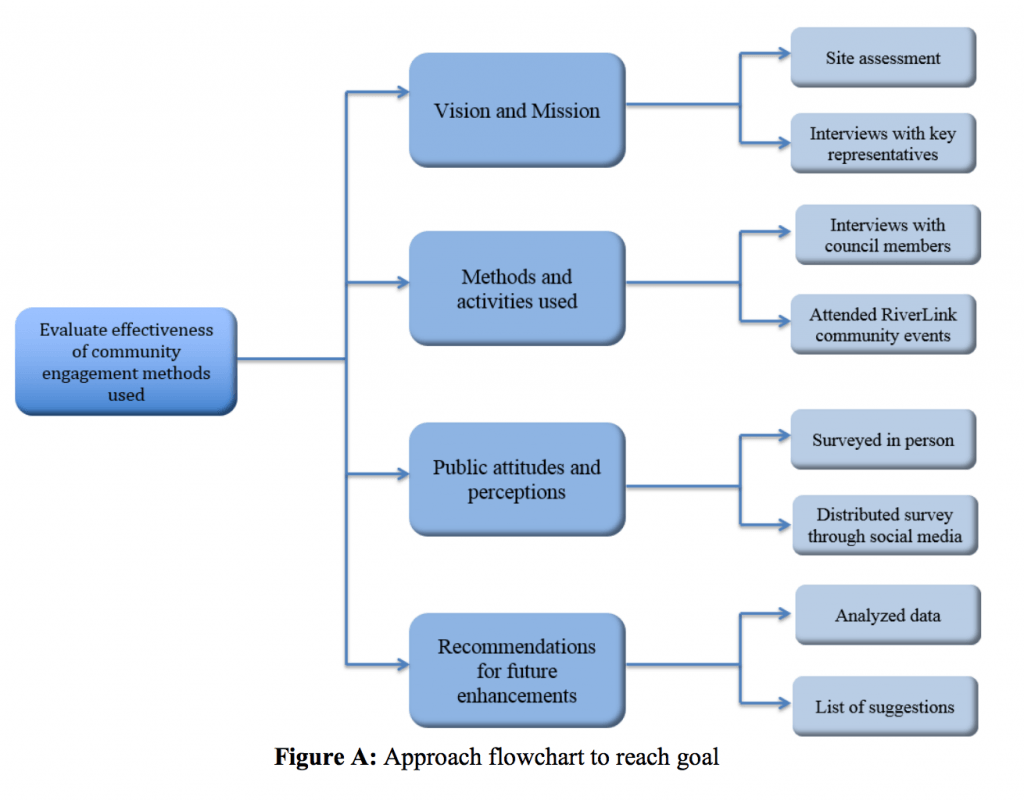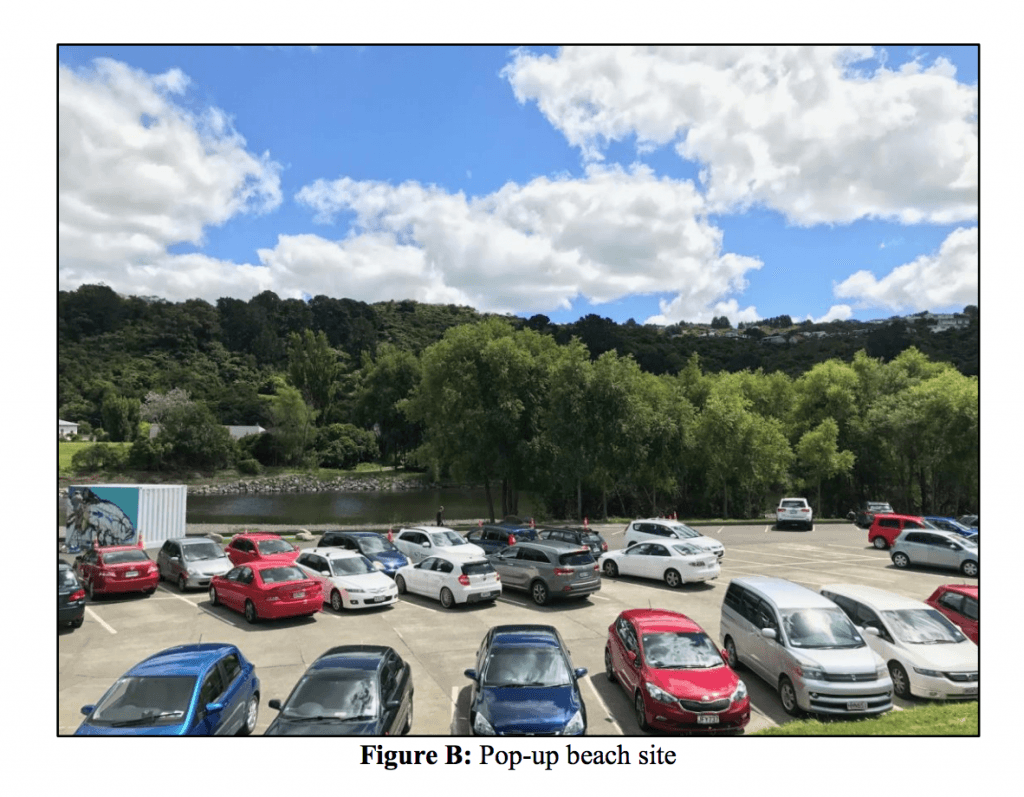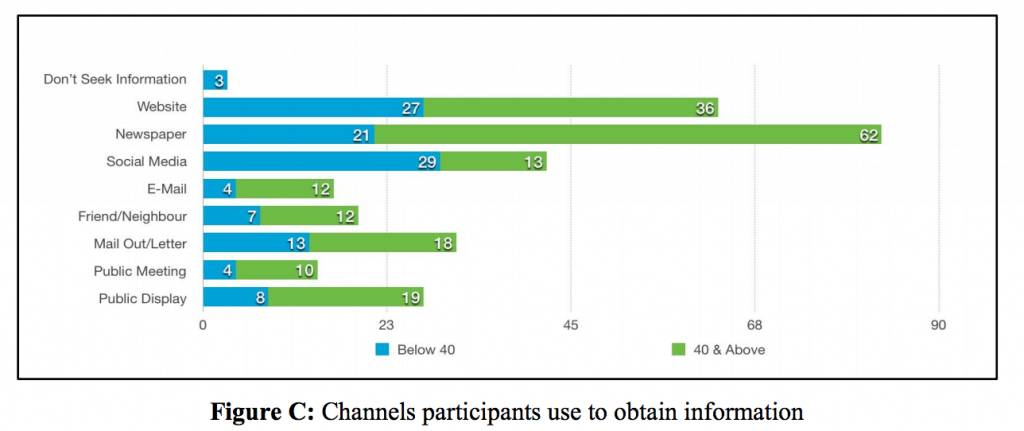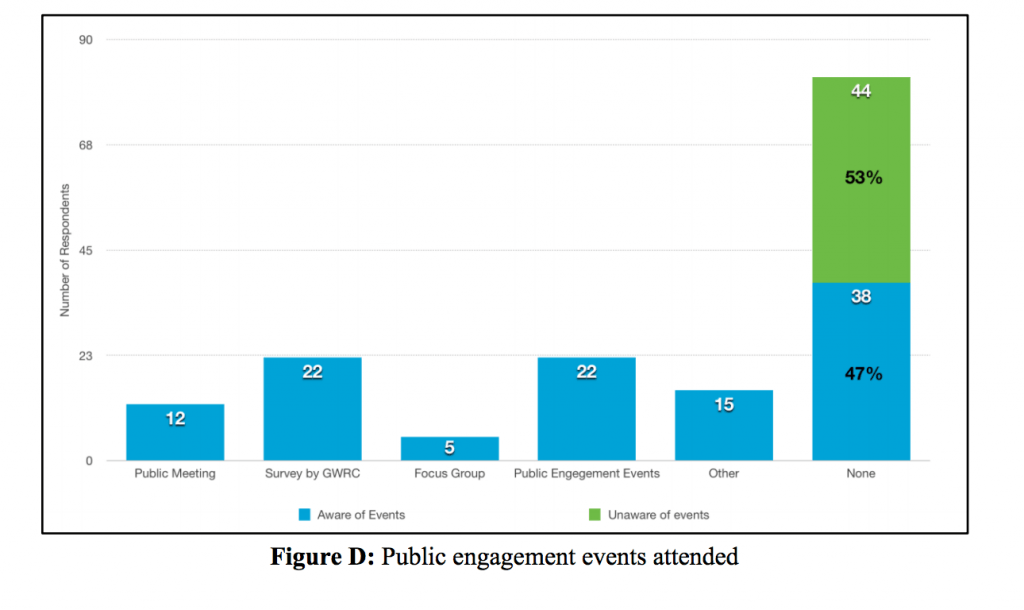Executive Summary
Introduction and Background
Approach
Results
Recommendations
Conclusions
Introduction and Background
Lower Hutt, a suburban area of the Hutt River Valley just to the northeast of Wellington, is an area that is vulnerable to damaging floods that can create short and long-term consequences. With climate change forecast to increase the likelihood and severity of major floods, the Greater Wellington Regional Council (GWRC) is independently delivering better flood protection for the entire Hutt area through its Hutt River Floodplain Management Plan. Part of this plan has evolved into the RiverLink Project as the GWRC, the Hutt City Council (HCC) and the New Zealand Transport Agency (NZTA) have begun to coordinate more closely their respective plans for the affected area. The RiverLink Project is designed to improve flood protection, enhance recreational and business opportunities, and provide more efficient transportation throughout the Lower Hutt Central Business District (CBD). RiverLink concentrates on the area between the Ewen and Kennedy-Good bridges.
The goal of our project was to work closely with stakeholders and project leaders to evaluate the effectiveness of the community engagement process to date. To complete this goal, our team developed a series of objectives:
• Clarify our understanding of the vision and mission of the RiverLink Project;
• Investigate the methods and activities used to engage the public to date;
• Assess public attitudes and perceptions of the RiverLink Project process; and,
• Recommend new and enhanced approaches to public engagement for future phases of
the project.
To support our project, we learned that decisions that come out of well-designed public participation projects are “more effective and more durable,” meet with less public opposition, and ultimately can take less time to complete overall (Chess and Purcell, 1999, p. 2685). We found that successful public processes have a few key elements in common. The key elements were that the agency has a clear goal and purpose to the engagement, the agency is committed to the value of public opinion, the information is equally distributed to all, and the agency is honest and transparent.
Our team explored Sherry Arnstein’s Ladder of Public Participation, United States’ Environmental Protection Agency guidelines, and New Zealand’s Internal Affairs Good Practice Participate to understand participation processes and to determine the engagement level the RiverLink Project should target. We learned that a successful public process ideally has a committed agency, with well trained staff supplied with adequate resources to complete engagement strategies for the duration of the project. Our research highlighted that in order to make public participation meaningful, public agencies must gather information from a wide range of stakeholders, “regardless of race, color, national origin, sexual orientation or income” (Environmental Protection Agency, 2016, para. 3). One of the most important aspects of a successful public process is that a relationship be built on mutual trust and respect between the public and agency. This relationship is built on a basis of an honest agency who is transparent to the degree that allows the public to make their decisions comfortably.
Approach
Our group used a diverse series of strategies (Figure A) to gain information and background about the RiverLink Project to complete our goals. We completed a thorough site assessment, interviewed 16 representatives from the three agencies responsible for RiverLink, spoke with council members, and attended community engagement events hosted by RiverLink to better understand the administrative side of the project along with the geographic location of the project.
We distributed our survey to the public in a variety of venues to gain input from the community regarding their views and knowledge of the project.
Results
Site Assessment
Our first impressions of Lower Hutt found a community lacking in energy and commercial vitality. The river seemed disconnected from the CBD due to the thick vegetation lining the banks of the river (Figure B). The problem is exacerbated by the orientation of the buildings along the river. Gaining our own perception of the area allowed us to have a better understanding when moving onto the interviews.
Interviews
To better understand the RiverLink vision for the community moving forward, we interviewed 16 individuals from three agencies. Our respondents expressed similar opinions, with most indicating that the primary benefit of the RiverLink Project would be flood protection in the CBD. They also emphasized the importance of creating a safe and more efficient transportation system as well as providing easier access to the river from the CBD region.
We asked interviewees to specify community engagement goals outlined by each agency for the project. In response, we found that “understanding and acceptance from the community for the project” seems to be the common goal among all members. There was a general consensus among agency officials we interviewed that the engagement strategies conducted so far have been successful.
Surveys
To understand stakeholder perceptions, we developed a survey that could be completed in person or online. The total number of responses from the Qualtrics survey was 156. Of these, we surveyed 119 individuals face-to-face over the course of 4 days and obtained 37 online responses. The majority of the respondents had heard about RiverLink. When those who have heard of RiverLink were asked “What do you know about the RiverLink Project?” 86 % of participants discussed aspects of the flood protection and CBD enlivenment. Some respondents mentioned the upgrade to the transport system around the Melling Intersection, but these details were less commonly known.
The overall majority of respondents indicated they preferred to obtain their news and information from the newspaper. A surprising number (21/54) of people under the age of 40 obtained information from newspapers, but more preferred to gather information from social media (see Figure C).
Although the majority of participants knew about the project, 82 out of 128 survey respondents claim that they have never participated in any previous public engagement events, such as public meetings, focus groups, surveys, etc. When we asked these 82 why they have never participated in any events, 53% of responses replied that they had never heard of the engagement events being held (Figure D, below).
Recommendations
Recommendations
After reviewing the results from our interviews and surveys, we have identified 5 recommendations that address both organizational strategies and engagement improvements.
1. Engagement Evaluation Criteria.
Our team designed an engagement evaluation checklist stemming from the research we have done about public processes to enhance the RiverLink engagement in the future. The organizations can use this checklist to make sure they are constantly reaching their goals and keep each public event consistent.
2. Media Management
Print. Create a stable communication through the local paper and request a column which would be featured once a month. The column would include a list of upcoming events for that month, updates about the project, and any relevant pictures that were taken the month prior. Social media. We recommend that the agencies collaborate to create a RiverLink profile on Facebook, Instagram and Twitter, which would include GWRC, HCC and NZTA as administrators. These pages would be able to have regular postings strictly related to RiverLink and could be managed by all three organizations. Our team created a social media operator job description. This individual would be in charge of creating interactive and creative social media pages, responding to questions, and providing updates on each page.
3. Pop-up Beach Improvements
Improvements can be made to create a more successful pop-up beach. In order to attract more attention and awareness, the RiverLink logo can be made more apparent, as well as the visual aspect of the container. The inviting nature of the coffee cart and riverside patio area should also be adapted from the old pop-up beach and can be used in the new event.
4. Opportunities for Youth
An engagement opportunity to involve students is a design contest with a targeted focus in schools ranging from elementary to high school. They would be asked to visually design what they would like to see once the project is completed.
5. Re-building Community
RiverLink’s success may depend on building partnerships outside of the agencies which can co-sponsor larger events to build capacity within the community. A RiverLink festival hosted along the river corridor and in the Riverside Carpark could highlight riverside activities, music, fitness, art, food trucks and additional interactive activities along the Hutt River.
Conclusion
RiverLink is a major project for the Hutt River that will affect the lives of many people in the Hutt community. The project intends to give the Lower Hutt community a safer and more prosperous CBD through increased flood safety, integrating the river into the community, and making transportation more efficient in and around the area. The community engagement process will span over the entire duration of the project (estimated completion in the year 2025), bringing opportunities for the agencies to rebuild a sense of community from the ground up. The long project span will need to continually reach out to include the public. This process may be difficult vii at times, but the benefits achieved through all efforts will be rewarding to the community at the end of the project.






